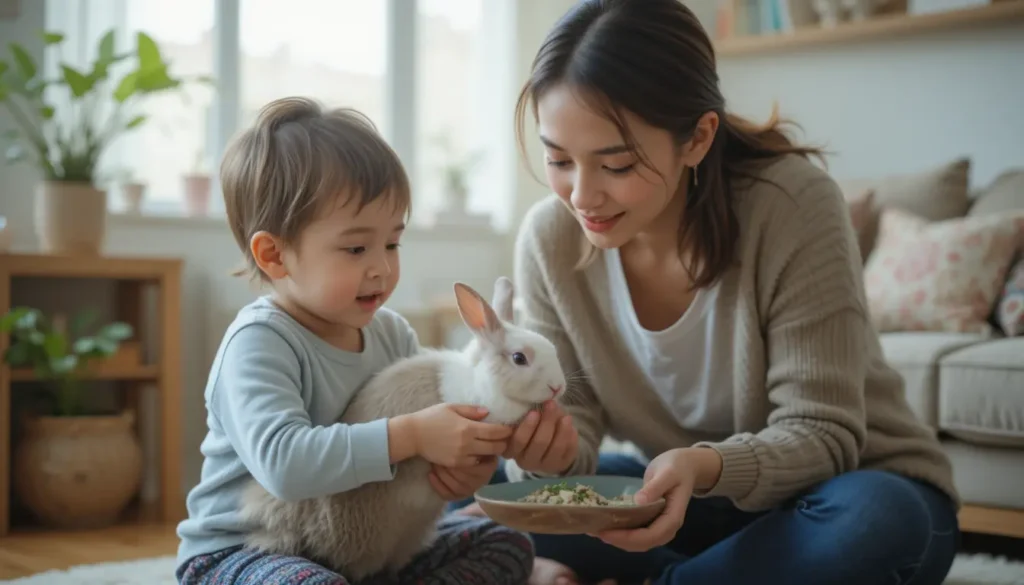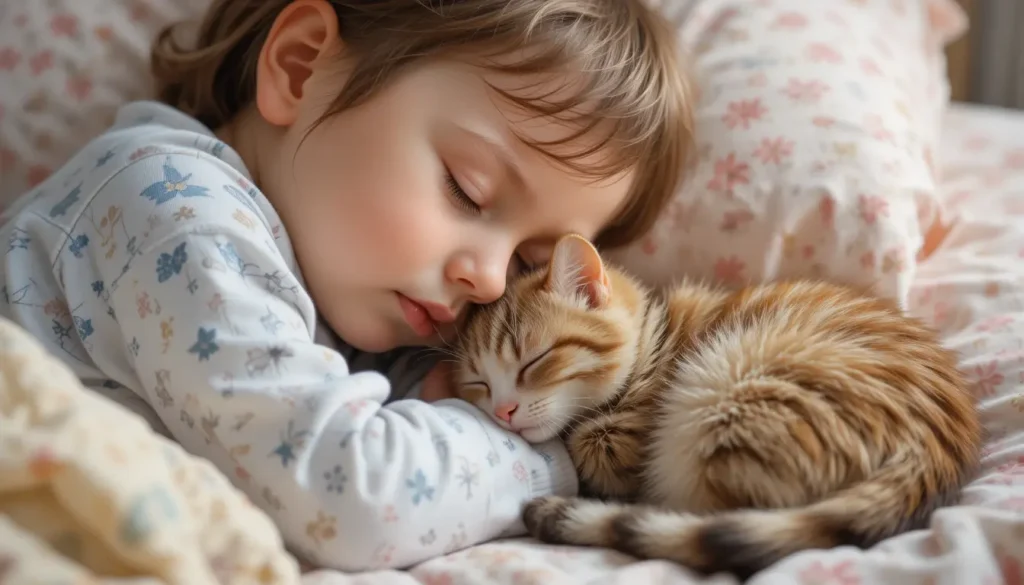Pets and children often form beautiful friendships—but that connection doesn’t happen overnight. While many kids dream of having a furry best friend, adults play a big role in making sure both the child and the pet feel safe, happy, and respected. With the right guidance, their bond can grow into something truly special.
Why Pets Are Good for Children
Did you know most families in the U.S. have at least one pet? According to a C.S. Mott Children’s Hospital poll, 76% of pet-owning families have dogs, 41% have cats, and others care for fish, birds, reptiles, or small mammals. While many parents get pets to provide companionship or teach responsibility, the benefits go far beyond that.
Having a pet can improve a child’s emotional and physical well-being. It can teach valuable life skills like empathy, respect, and loyalty. Pets can also offer a special kind of unconditional love, helping kids feel secure, less anxious, and more satisfied in their relationships—not just with animals, but with people too.
Helping Kids and Pets Start on the Right Paw
The first meeting between a child and a pet should always be supervised. No matter how gentle the pet or how excited the child, safety comes first. Young children, especially, might accidentally scare or hurt an animal—or be scratched or nipped themselves.
Start with calm interactions. Ask your child to sit quietly and let the pet approach at its own pace. You can also hold the pet while your child talks softly or gently strokes it. Let your child offer a treat, either from their hand (with guidance) or by placing it nearby. This helps build trust and sets the tone for a positive relationship.
Watch both carefully. If either seems uncomfortable, it’s okay to pause and try again later. The key is patience and respect—for the pet and the child.
Teaching Kids to Be Responsible Pet Owners

Responsibility doesn’t come overnight—but pets are a great way to help kids build those skills. Start by giving your child small, age-appropriate tasks: feeding, brushing, or refreshing water bowls. Use a visual chore chart to help them stay on track and feel proud of what they’ve done.
Rewards and encouragement matter. Praise your child for being gentle, consistent, and caring. For older kids, a small allowance tied to pet care tasks can be motivating too—but never at the expense of the pet’s well-being. If a chore isn’t done, step in and take care of it. Pets should never suffer because a child forgot a task.
Training pets together is another powerful way to bond. Dogs are naturally trainable, but other animals—like cats, rabbits, and even fish—can learn too. Let your child be part of the process. Teaching tricks, building routines, and celebrating progress will grow confidence and deepen their connection.
Creating a Safe and Happy Environment
A strong bond is built on trust. That means making sure both your child and your pet feel safe in their space.
Every pet needs a retreat—a quiet place to go when they need alone time. This might be a dog crate, a cat tree, or a cozy hideout for smaller pets. Teach your child to respect this space and to never bother the animal when it’s there. It’s not punishment—it’s a boundary.

Set simple house rules for pet interaction. Explain what’s okay (gentle petting, calm voices) and what’s not (pulling tails, rough play). Help your child recognize the signs a pet might be upset. Growling, hissing, hiding, or flattened ears all mean “give me space.” These cues can be confusing for kids, so take time to explain what they mean in a child-friendly way.
Talk About Pet Body Language and Behavior
Before bringing a new pet home, talk to your child about how animals communicate. Just like people, pets have different personalities and moods—and they show it through body language.
A wagging tail doesn’t always mean happiness, and not all animals like to be hugged. Learning what’s normal for your pet helps prevent misunderstandings and builds trust. If you’re unsure, ask your vet or do a bit of research together with your child. Make it fun and educational!
Set expectations ahead of time for how your family will treat and care for your new pet. When everyone is on the same page, it’s easier to avoid accidents and build a lasting, loving relationship.
Final Thoughts
When children and pets connect, it’s magic. But that magic needs time, patience, and a little guidance to grow. By setting clear rules, encouraging respect, and making pet care a shared responsibility, you’re helping your child build a lifelong bond full of love, empathy, and joy.


